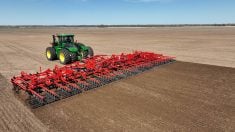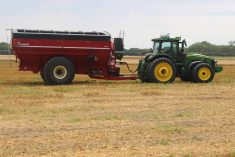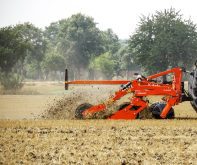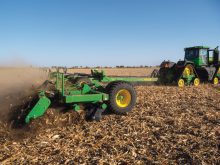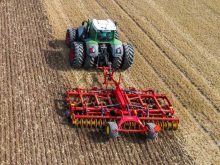Remote sensing has become part of the furniture on a great deal of farm equipment over the past several years. Whether used for data collection, feedback or variable-rate functions, the tech has become almost synonymous for precision agriculture.
Why it matters: The seedbed-sensing system delivers real-time feedback from shank-mounted sensors to the tractor cab, informing the operator where adjustments might be made, optimizing tillage tool operation.
One notable holdout has been the world of tillage, but that’s changing. A major example is Case IH’s Advanced Farming Systems (AFS) Soil Command. This is a seedbed-sensing system that delivers real-time feedback from shank-mounted sensors to the tractor cab, letting operators know where adjustments might need to be made. Since 2019, it’s been available on Case IH’s Tiger-Mate 255 Field Cultivator.
Read Also
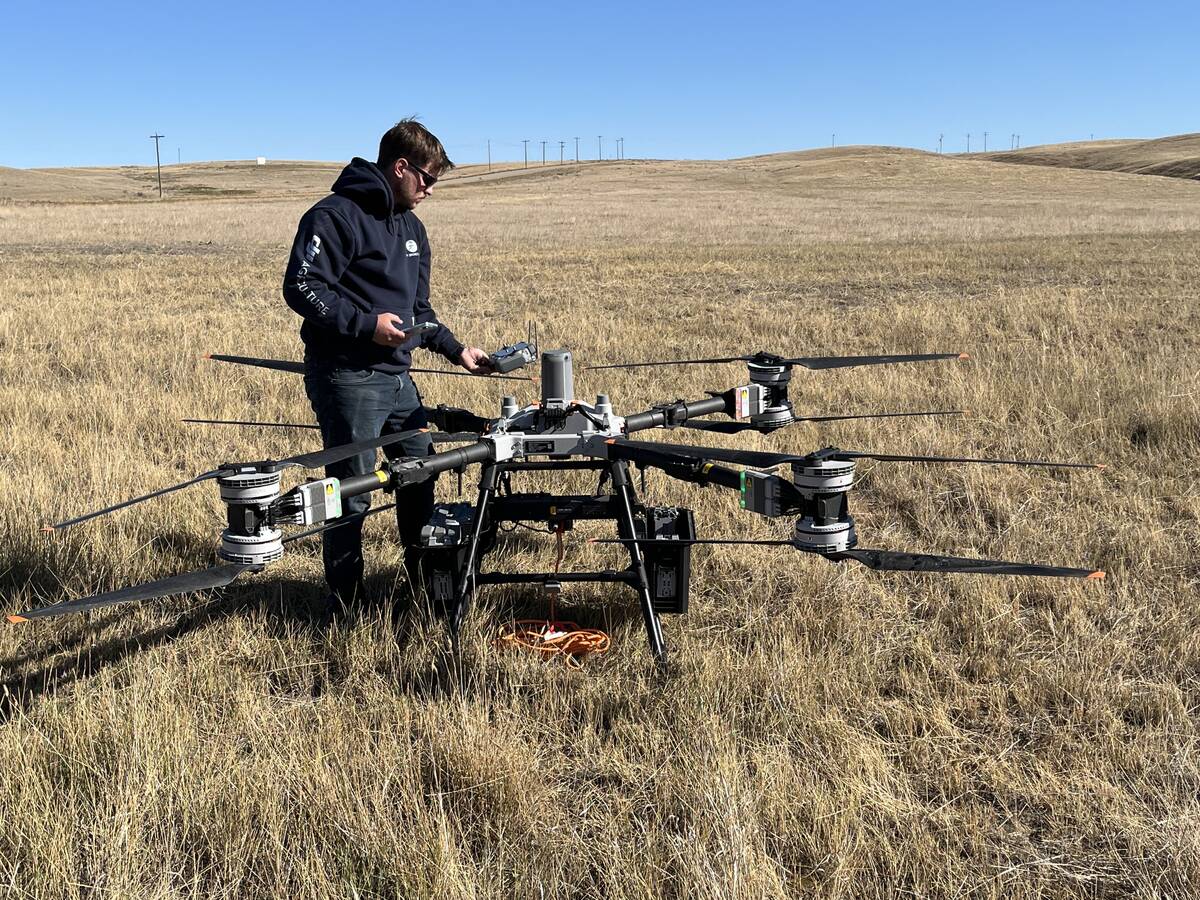
Farm-facing drone does the heavy lifting
Canadian distributor DJI Agriculture unveils its AGRAS T100 drone to western Canada’s producers for greater efficiencies in spraying and granular spreading in fields.
“Soil Command moves technology into our soil management products, which complements the trend in other farm equipment categories,” says Chris Lursen, tillage marketing manager with Case IH.
“These sensors allow the operator to know whether the tool is running smoothly or not and offers that feedback so the operator can make an adjustment, whether it be speed or tillage tool adjustment or the like.”
Each part of a tillage tool has a specific agronomic job, whether it’s cutting or mixing residue, removal of compaction or levelling, says Lursen.
“Soil Command allows the customer to optimize each one of those jobs the machine needs to do, whether it be deeper depths for disking, burying more residue or maybe shallowing up some light residue for management and cutting.”
Stabilizer wheel adjustment is the newest component of the Soil Command platform.
“The stabilizer wheel is normally on the front side of a machine to hold the wing in place and keep it from bouncing. Up until now, Soil Command didn’t have the ability to adjust the stabilizer wheel. This stabilizer wheel system is there to make adjustments, co-ordinate it with depth control and, again, optimize the agronomic performance of the tool.”
Industry keeping close watch
Although only a handful of tillage equipment manufacturers offer remote sensing capabilities at this point, it’s a trend other companies are keeping a close eye on. Salford Group is among them. Kris Wright, product manager of ground engaging tools for Salford, says most of the company’s electronic control unit (ECU) tools are limited to its application products. However, that’s likely to change, he says.
“For a long time, producers have been using automation and ECUs to control their application pieces. We’re starting to see that come into the tillage units now,” says Wright.
“We’re starting to see some automation (in tillage) with depth sensors that are placed on the machine and give feedback to an ECU, which makes those adjustments automatically. I think those are still in their infancy but they’re definitely on tillage manufacturers’ minds just as they are on ours. (We’re) keeping the machines capable of that or ready for that technology as it becomes a little more mainstream.”
Inexperienced labour an incentive
This kind of technology helps address a bigger industry challenge: a shortage of qualified equipment operators. The Soil Command display interface, for example, features a simple green, yellow and red performance indication system.
This sense of user-friendliness is part of a larger goal at Case IH to make equipment operation easier for inexperienced employees, which producers frequently rely on in an often-shallow agriculture labour pool, says Lursen.
“Even today, we can make that unskilled operator closer to the most skilled operator you have,” he says.
Salford also has a goal of catering to the less experienced equipment operator, says Wright.
“Machines need to be simple to operate because it’s usually not the most experienced operator on the farm that gets thrown behind the wheel of the machine doing the tillage,” he says.
“We try to make our machinery user-friendly. They have some bells and whistles and ease-of-use functions but at the same time are simple to operate. Even if it does require some teaching of a new hire or an unskilled operator, it requires a minimal amount before they’ve caught on and are ready to go.”





